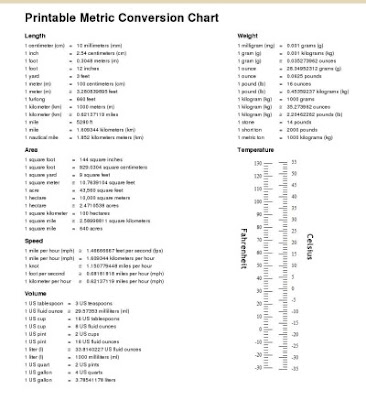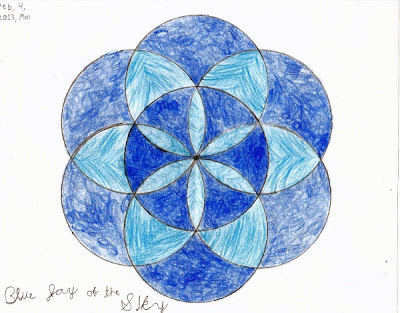A problem to solve about multiples
Here's one more problem from the collection that John Morse sent me.
I chose this problem because solving it doesn't require knowing any concepts beyond multiplication and multiples.
I solved this problem kind of a "crude" way; however upon thinking my solution through, it is fairly accessible to even younger students, because it doesn't use more sophisticated concepts.
Basically I considered the problem as finding ABC (A, B, and C are digits), or possibly a longer or shorter number such as 144 x ABC ends in 144.
I systematically checked what C can be in order for the answer to end in 4.
I found only one possible digit works.
Then I systematically checked what B can be, knowing that C must equal 6 -- and found two possible digits: 2 and 7.
After that, I stumbled upon the right answer since I simply checked what is 26 x 144, 76 x 144 and 126 x 144. The last one is the multiple we're looking for - it is 18,144.
Like I said, this method IS accessible to students who have mastered multiplication algorithm.
Another solution, essentially by John Morse:
We're looking for a multiple of 144 that ends in ...144. Since 144 is a multiple of 16, ITS multiples will also be multiples of 16. Similarly, 144 is a multiple of 9, thus ITS multiples will also be multiples of 9 (divisible by 9).
Then, we do know our number will be greater than 1,000. The number we look for is (some thousands) + 144 since it must end in 144. Since 144 is a multiple of 16, those whole thousands tacked to our multiple must be also be multiples of 16. 1000 is NOT a multiple of 16, whereas 2000 (and its multiples, all having even-number thousand's place digits) ARE multiples of 16.
Hence, it remains to find the digits in front of ...144 such that they, placed together, form a multiple of 9 AND 2. The least such digit pair is 1 & 8, putting even digit 8 in the thousands's place, and thus forming 18144.
144, being a multiple of itself, naturally ends with ...144.
What is the next greater multiple of 144 ending in ...144?
I chose this problem because solving it doesn't require knowing any concepts beyond multiplication and multiples.
I solved this problem kind of a "crude" way; however upon thinking my solution through, it is fairly accessible to even younger students, because it doesn't use more sophisticated concepts.
Basically I considered the problem as finding ABC (A, B, and C are digits), or possibly a longer or shorter number such as 144 x ABC ends in 144.
144
x ABC
-----
I systematically checked what C can be in order for the answer to end in 4.
I found only one possible digit works.
Then I systematically checked what B can be, knowing that C must equal 6 -- and found two possible digits: 2 and 7.
After that, I stumbled upon the right answer since I simply checked what is 26 x 144, 76 x 144 and 126 x 144. The last one is the multiple we're looking for - it is 18,144.
Like I said, this method IS accessible to students who have mastered multiplication algorithm.
Another solution, essentially by John Morse:
This one uses the concept of a "digital root", which means essentially the remainder when dividing a number by 9. You can find it out by adding the digits of a number until you get a sum less than 10.
For example, the digital root of 28,294 is found this way: 2 + 8 + 2 + 9 + 4 = 25; 2 + 5 = 7.
When finding the digital root (or divisibility by 9), you can always "cast out nines" or any combination of numbers adding up to nine - in other words, omit them from the total sum. In the above example, it's enough to add 2 + 8 + 2 + 4 = 16; 1 + 6 = 7 to obtain the digital root.
We're looking for a multiple of 144 that ends in ...144. Since 144 is a multiple of 16, ITS multiples will also be multiples of 16. Similarly, 144 is a multiple of 9, thus ITS multiples will also be multiples of 9 (divisible by 9).
Then, we do know our number will be greater than 1,000. The number we look for is (some thousands) + 144 since it must end in 144. Since 144 is a multiple of 16, those whole thousands tacked to our multiple must be also be multiples of 16. 1000 is NOT a multiple of 16, whereas 2000 (and its multiples, all having even-number thousand's place digits) ARE multiples of 16.
Hence, it remains to find the digits in front of ...144 such that they, placed together, form a multiple of 9 AND 2. The least such digit pair is 1 & 8, putting even digit 8 in the thousands's place, and thus forming 18144.


Comments
Dear Maria Miller,
Thank you for posting
another of my mathematics
problems! ("...144x ends
in 144 for least x>1").
I'm very pleased that the
problems I composed are
of such interest, rele-
vance, and beneficial
to learners.
Sincerely,
John W. Morse
Delmar NY USA